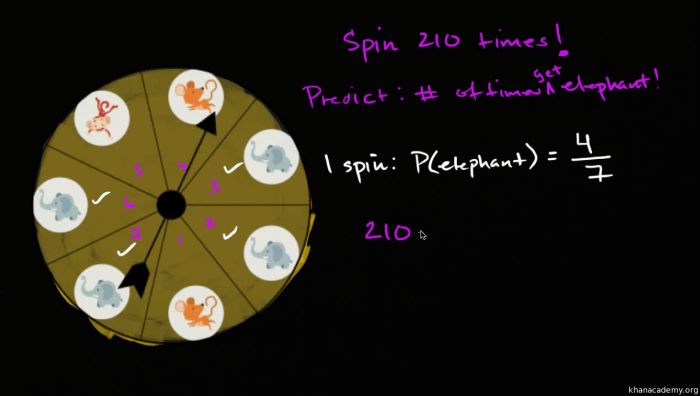Welcome to the realm of statistics, where the practice of statistics 6th edition updated answers empowers us to unravel the intricacies of data and make informed decisions. This comprehensive guide delves into the fundamentals of statistics, equipping you with the knowledge and techniques to navigate the complexities of data analysis.
From descriptive statistics to hypothesis testing, probability theory to regression analysis, this guide unravels the tapestry of statistical concepts, providing a solid foundation for understanding and applying statistical methods in various fields.
1. Introduction to the Practice of Statistics 6th Edition Updated Answers
The Practice of Statistics 6th Edition Updated Answers provides comprehensive solutions to the end-of-chapter exercises and practice problems in the textbook. It aims to enhance students’ understanding of statistical concepts and their practical applications in various fields.
The book covers a wide range of topics, including descriptive statistics, probability, sampling distributions, hypothesis testing, regression analysis, analysis of variance (ANOVA), nonparametric statistics, and Bayesian statistics.
2. Descriptive Statistics

Descriptive statistics summarize and describe data using measures such as mean, median, mode, range, and standard deviation. They help researchers understand the central tendencies and variability within a dataset.
- Mean:The average value of a dataset.
- Median:The middle value of a dataset when arranged in ascending order.
- Mode:The value that occurs most frequently in a dataset.
- Range:The difference between the largest and smallest values in a dataset.
- Standard deviation:A measure of how spread out the data is around the mean.
Descriptive statistics are widely used in various fields, such as healthcare, finance, and marketing, to analyze and interpret data.
3. Probability and Sampling Distributions: The Practice Of Statistics 6th Edition Updated Answers
Probability theory provides a framework for understanding the likelihood of events occurring. Sampling distributions describe the distribution of sample statistics (e.g., sample mean) based on repeated sampling from a population.
- Probability:The likelihood of an event occurring, expressed as a value between 0 and 1.
- Sampling distribution of the mean:The distribution of sample means that would be obtained from repeated random samples of the same size from a population.
- Central Limit Theorem:States that the sampling distribution of the mean approaches a normal distribution as the sample size increases.
Probability and sampling distributions are essential for statistical inference, such as hypothesis testing and confidence interval estimation.
4. Hypothesis Testing
Hypothesis testing is a statistical method used to determine whether there is sufficient evidence to reject a null hypothesis (H0) in favor of an alternative hypothesis (Ha).
- Null hypothesis (H0):The hypothesis that there is no significant difference or effect.
- Alternative hypothesis (Ha):The hypothesis that there is a significant difference or effect.
- Type I error:Rejecting H0 when it is true.
- Type II error:Failing to reject H0 when it is false.
Hypothesis testing is widely used in research and decision-making to assess the significance of observed differences or effects.
5. Regression Analysis
Regression analysis is a statistical method used to model the relationship between a dependent variable and one or more independent variables.
- Simple regression:Models the relationship between a dependent variable and a single independent variable.
- Multiple regression:Models the relationship between a dependent variable and multiple independent variables.
- Coefficient of determination (R2):Measures the proportion of variation in the dependent variable that is explained by the independent variables.
Regression analysis is widely used in fields such as finance, marketing, and healthcare to predict outcomes and make informed decisions.
6. Analysis of Variance (ANOVA)
Analysis of variance (ANOVA) is a statistical method used to compare the means of two or more groups.
- One-way ANOVA:Compares the means of two or more groups on a single independent variable.
- Two-way ANOVA:Compares the means of two or more groups on two independent variables.
- F-statistic:A test statistic used to determine whether there is a significant difference between the means of the groups.
ANOVA is widely used in research and industry to test for differences between groups and identify significant factors affecting outcomes.
FAQ Overview
What is the significance of the practice of statistics 6th edition updated answers?
The practice of statistics 6th edition updated answers provides a comprehensive and up-to-date resource for students, researchers, and practitioners in various fields. It offers a thorough understanding of statistical concepts and their practical applications, ensuring that readers are equipped with the latest knowledge and techniques in the field of statistics.
How is the practice of statistics 6th edition updated answers structured?
The practice of statistics 6th edition updated answers is organized into ten chapters, each covering a specific aspect of statistics. It begins with an introduction to the field and progresses through descriptive statistics, probability and sampling distributions, hypothesis testing, regression analysis, analysis of variance, nonparametric statistics, Bayesian statistics, case studies and applications, and ethical considerations in statistics.
What are the key features of the practice of statistics 6th edition updated answers?
The practice of statistics 6th edition updated answers is characterized by its clear and concise explanations,豊富なexamples, and practice exercises. It also includes updated content and real-world case studies, ensuring that readers are well-versed in the latest statistical methods and their applications in various fields.